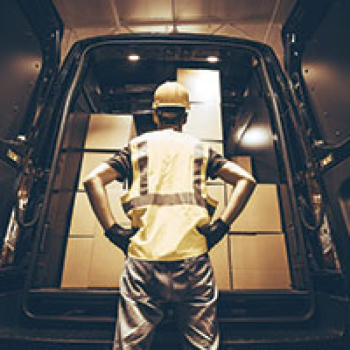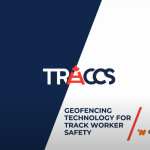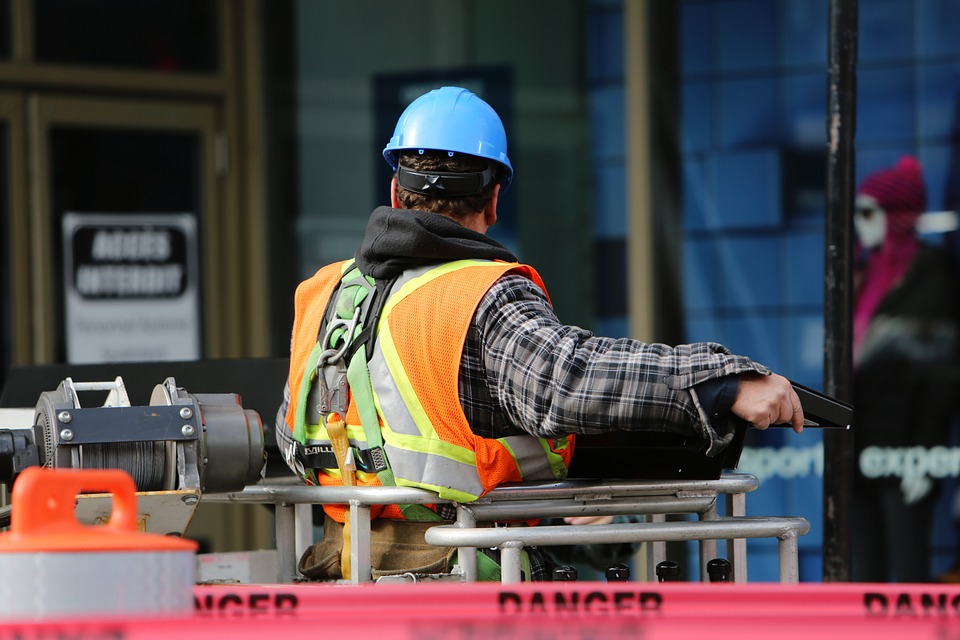Lower Thames Crossing - OWL
The Objective
Lower Thames Crossing (LTC) approached Onwave to discuss a long term trial. The project involved:
- Providing LTC with digital Health, Safety, and Welfare (HSW) capabilities, utilising geospatial processes to facilitate the dissemination and communication of existing.
hazard and construction site data to teams and remote workers. - Enabling managers and supervisors to configure custom rules for triggering alerts, escalations, and warnings to users in the field.
- Offering powerful reports and dashboards to facilitate targeted actions and benchmarking across all projects, work groups, and subcontractors, thereby continuously improving performance levels.
- Enhancing well-being and increasing productivity through real-time information.
- Minimising environmental disruption in the construction process.
- Protecting the Health, Safety, and Welfare of on-site staff.
What were the key challenges?
Due to the size of the project, which included 14.3 miles of new roads and 50 new bridges and viaducts, there were various areas that LTC wanted to address. These included:
Ensuring the safety of individuals on-site.
Communicating hazards, environmental information, and consent details to both those already in the field and those unfamiliar with the site.
Protecting prohibited areas.
Providing visibility of teams on the ground and the ability to respond quickly to safety and security incidents.
Minimising the environmental impact resulting from a lack of situational awareness or inadequate area knowledge.
Need to perform targeted safety interventions or gain insights into behavioural safety.
The Solution
To assist LTC in achieving their objective, Onwave implemented OWL across both the Pilgrims Lane and Beaufort House sites. A selected team was granted access to the OWL mobile app. When establishing the necessary geofences, LTC ensured the boundaries incorporated the project footprint, with a focus on protecting privacy. The geofence zones were also defined to safeguard environmental areas, highlight routes, and indicate key locations.

The Outcome
By utilising OWL technology, LTC planned to achieve behavioural modifications for users. As users gained a greater understanding of the area around them, the number of alerts to reduce as user’s situational awareness improved, this also enabled better incident reporting.
Having an integrated system enabled a single source of truth based on location data, providing increased clarity. Using OWL has also enabled the development of further integrations, such as Tarmac for logistics management. We are working with LTC to provide further integrations such as monitoring delivery vehicle routes as well as integration of environmental sensors.







